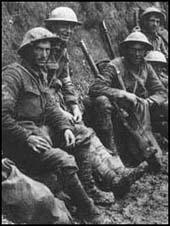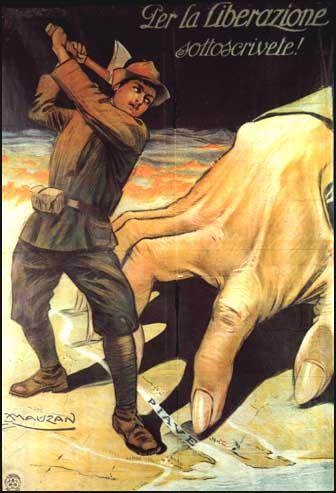Italy in 1914

The independent state of Italy emerged from a long nationalist struggle for unification that started with the revolution of 1848. The southern kingdoms of Sardinia and Sicily joined in 1866 and by 1914 only the Vatican and San Marino retained independence within Italy. However, a large Italian population remained within Austria-Hungary in the Trentino and Trieste regions.
By 1911 Italy had a population of 34.7 million. Although primarily an agricultural economy, there was considerable industry in the northern areas of the country. To feed its growing population, Italy needed to import some foods, notably grain from Russia and Germany.
Italy was a constitutional monarchy. Victor Emmanuel III had been king since 1900. People were appointed to the upper house of the National Assembly but the lower house was elected by universal adult male suffrage. The prime minister was Giovanni Giolitti but after the 1913 elections when socialists and radicals did well, he had a greatly reduced majority in the National Assembly.
Italy had been members of the Triple Alliance with Germany and Austria-Hungary since 1882. However, this alliance was unpopular with large numbers of Italians and there was some doubt about Italy's military involvement in event of a war with members of the Triple Entente (Britain, France and Russia).
The Italian Government introduced military conscription in 1907. However, only about 25 per cent of those eligible for conscription received training and by 1912 there were only 300,000 men in the Italian Army.

